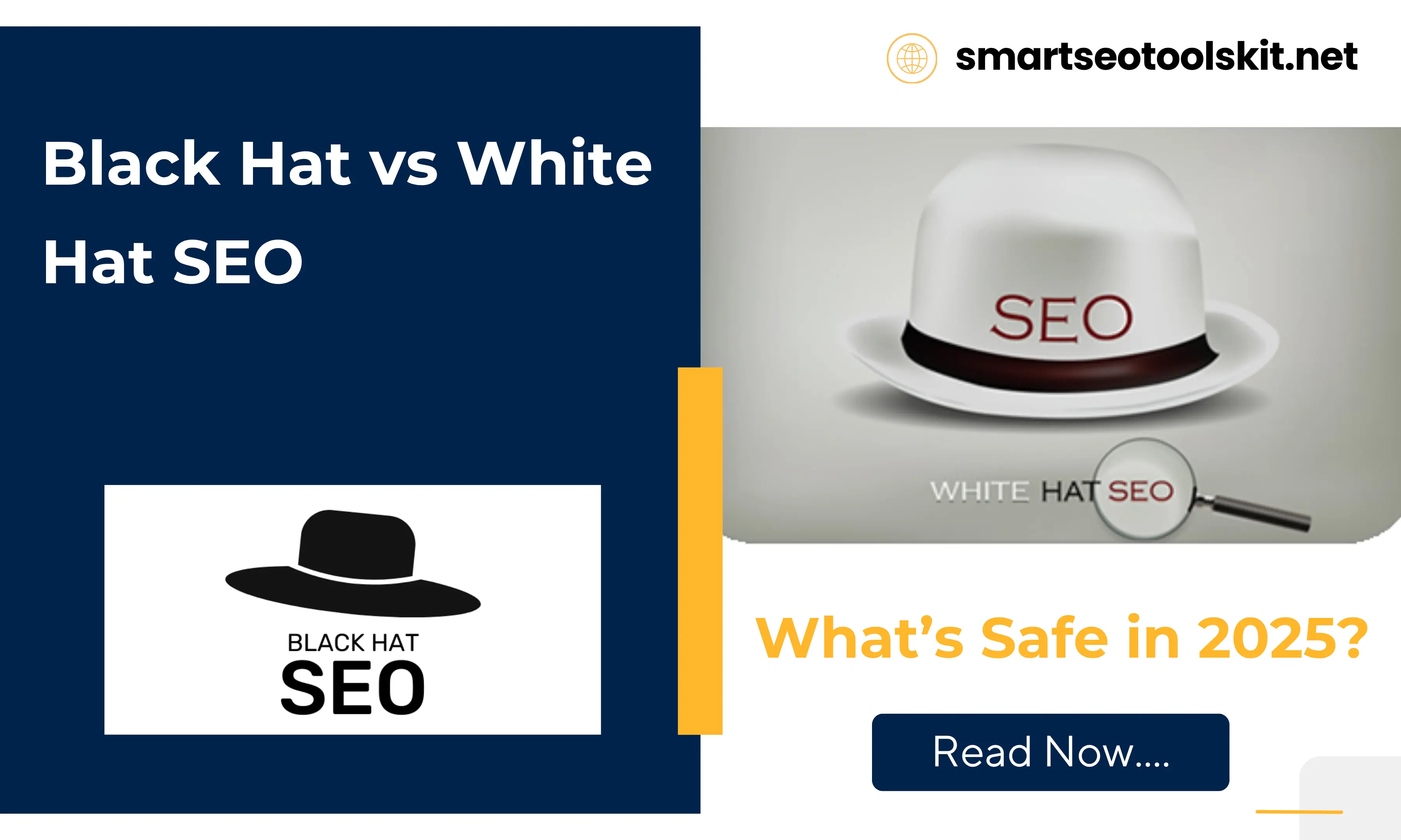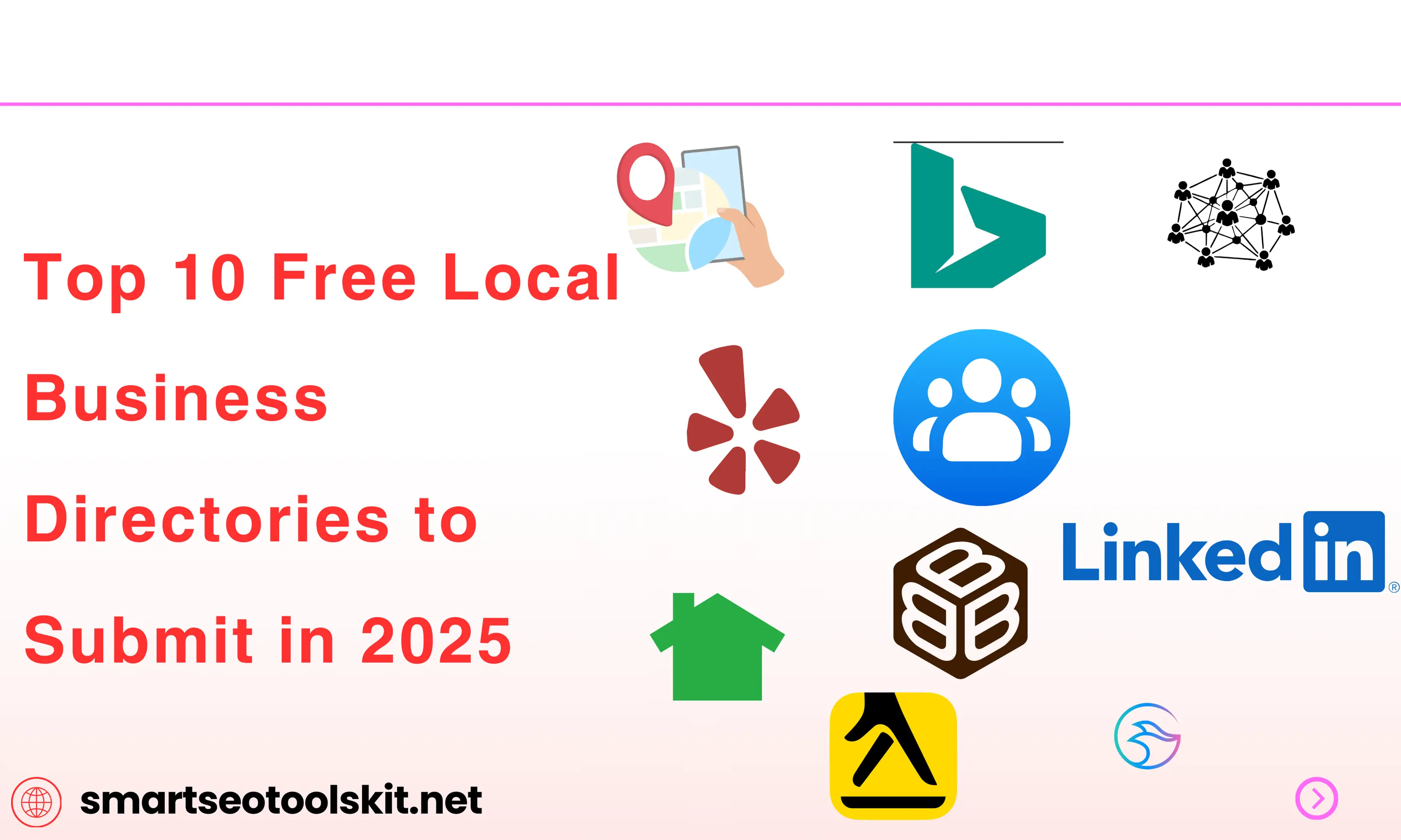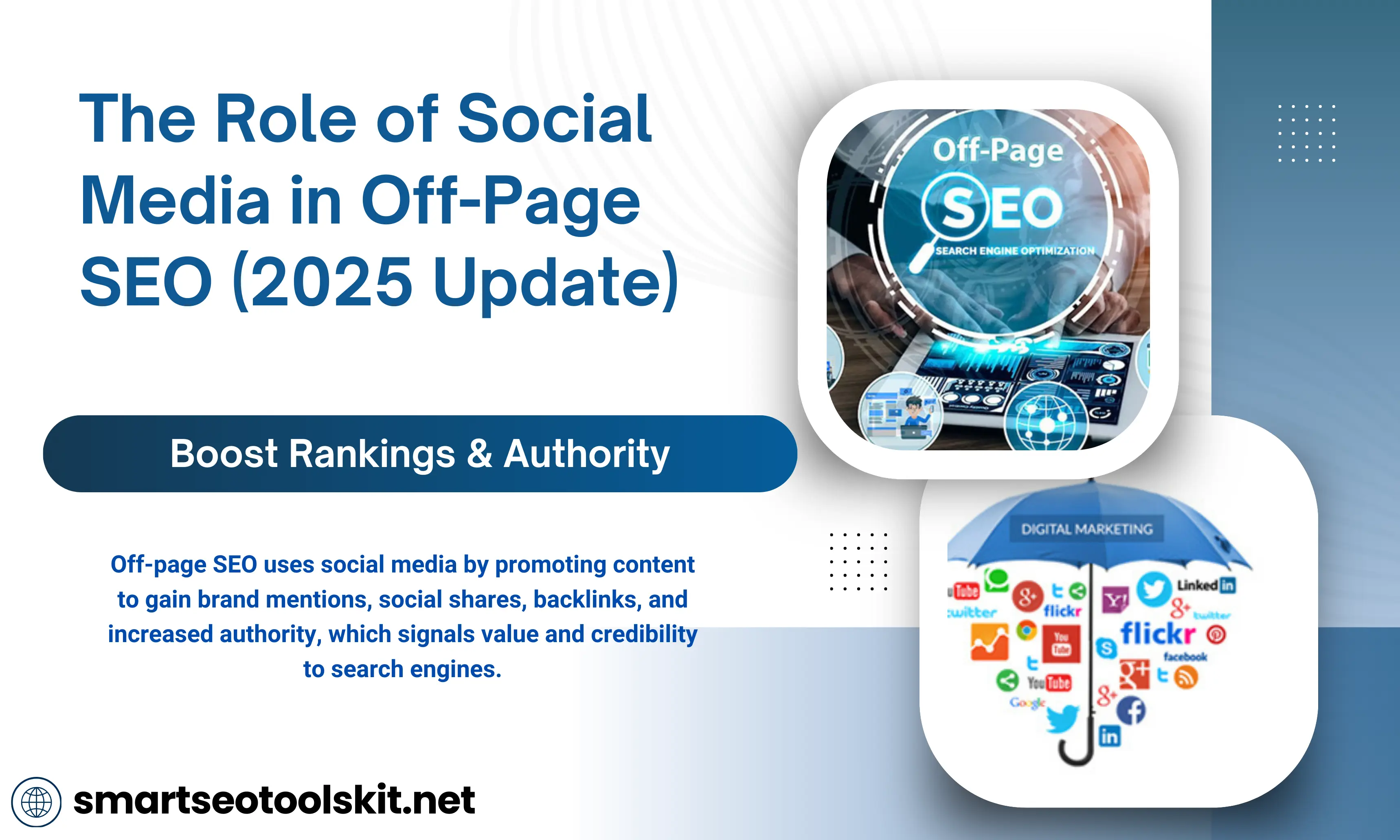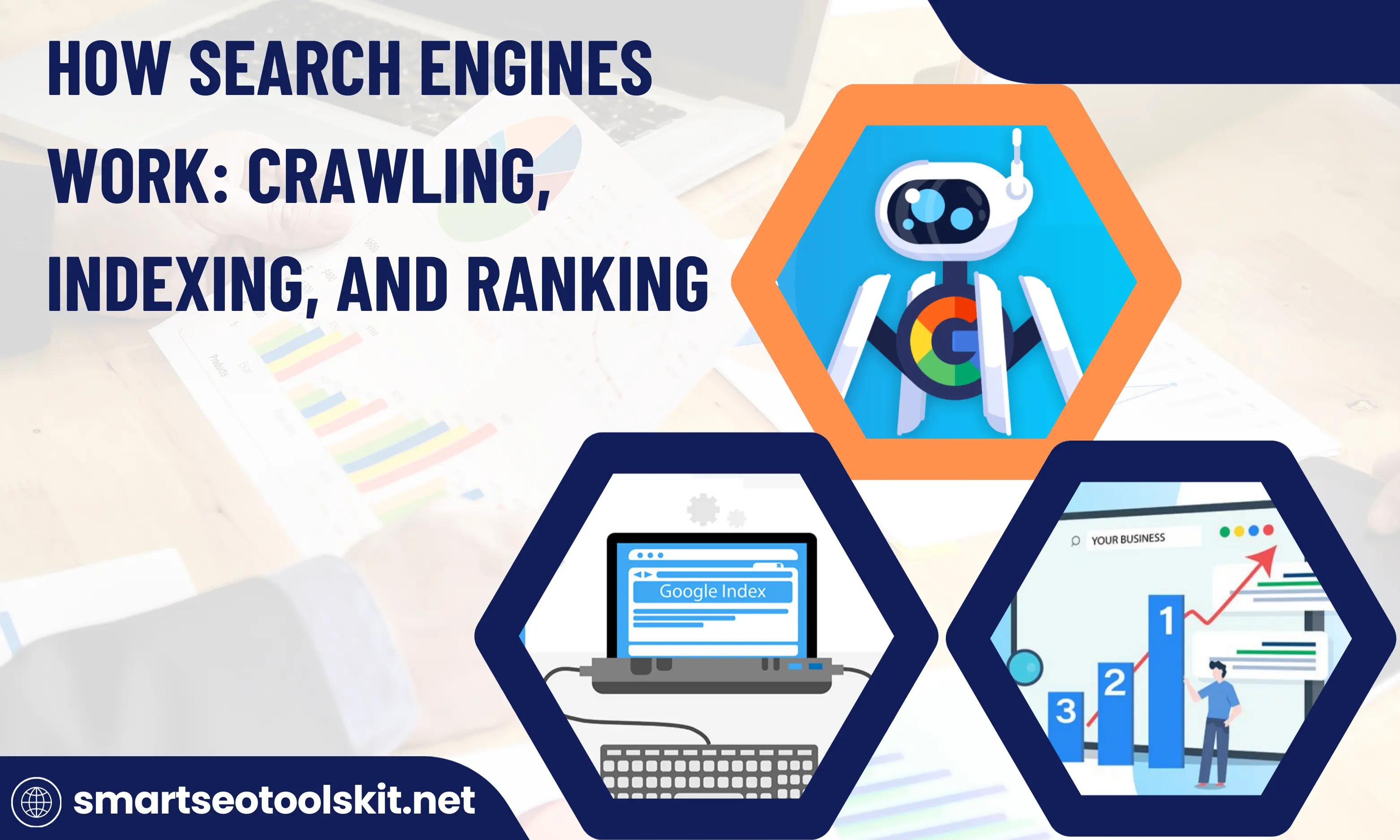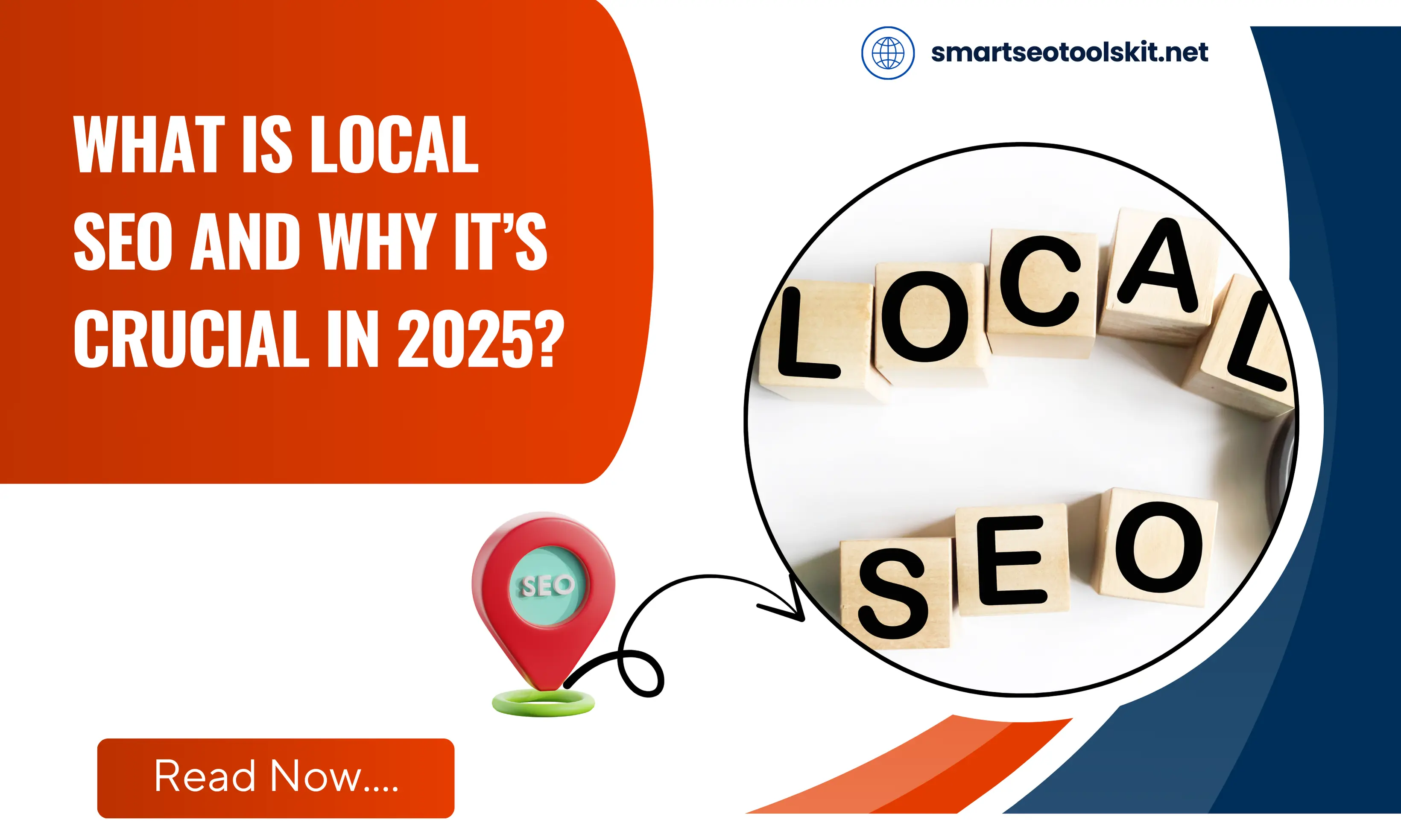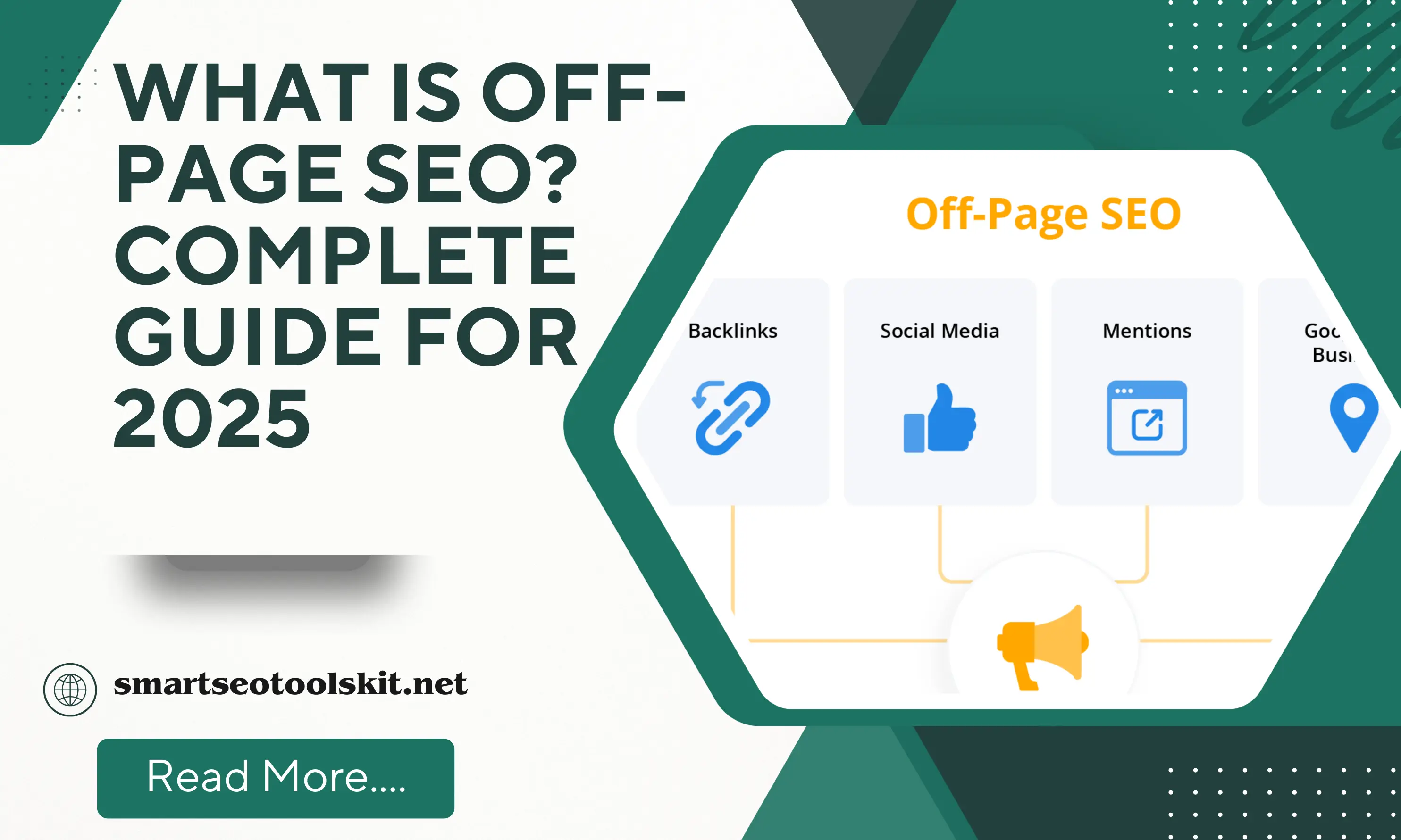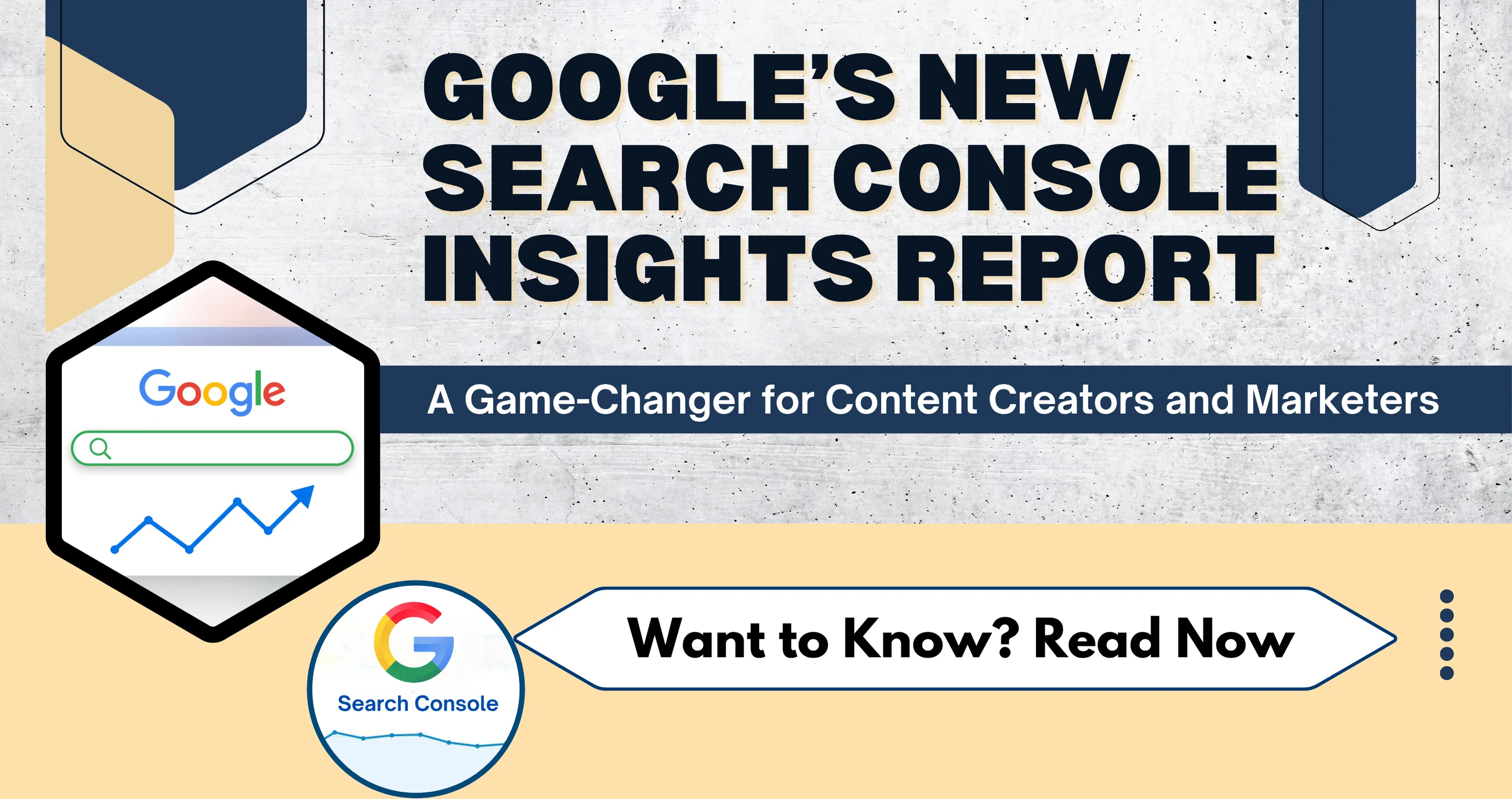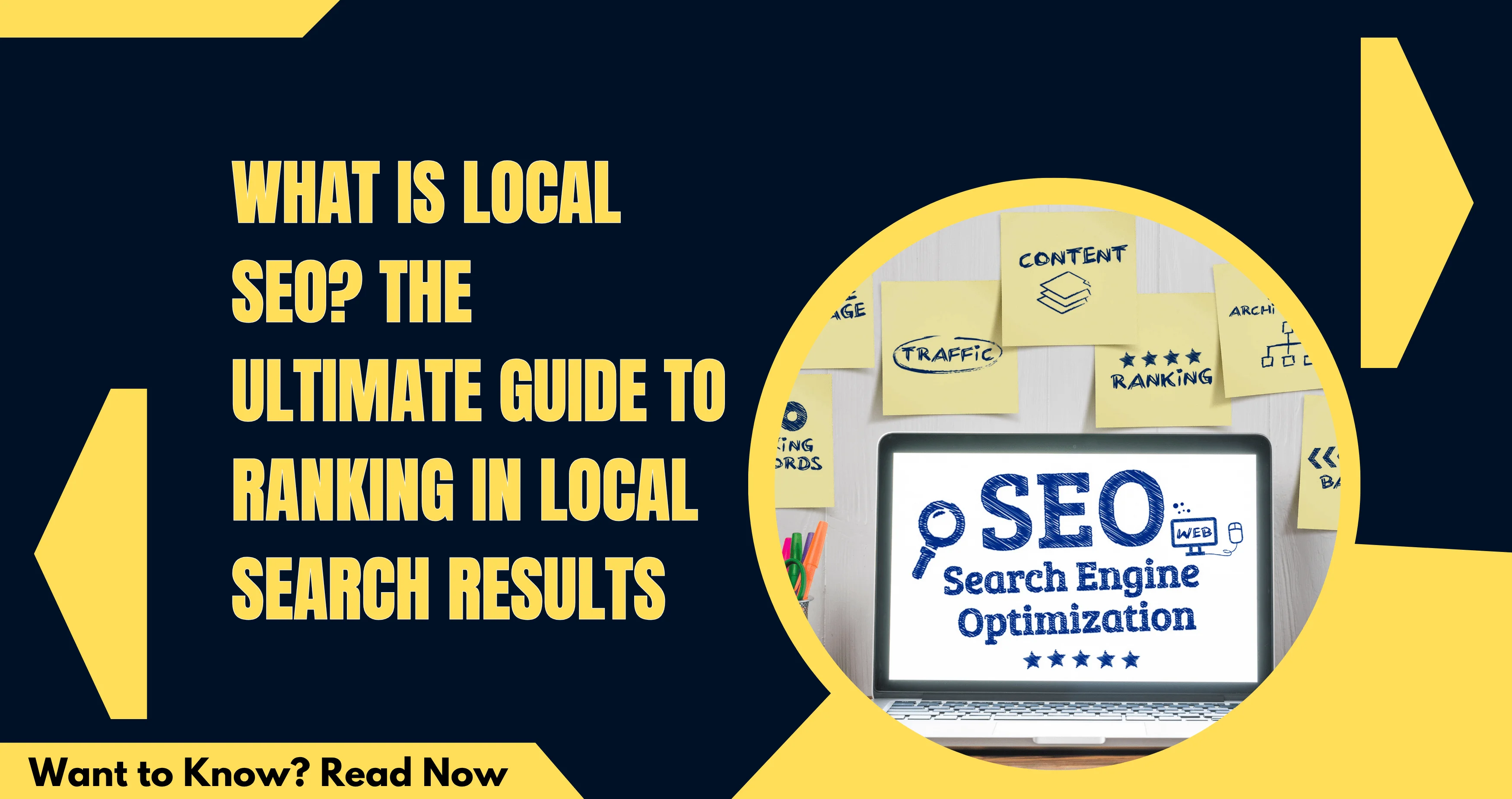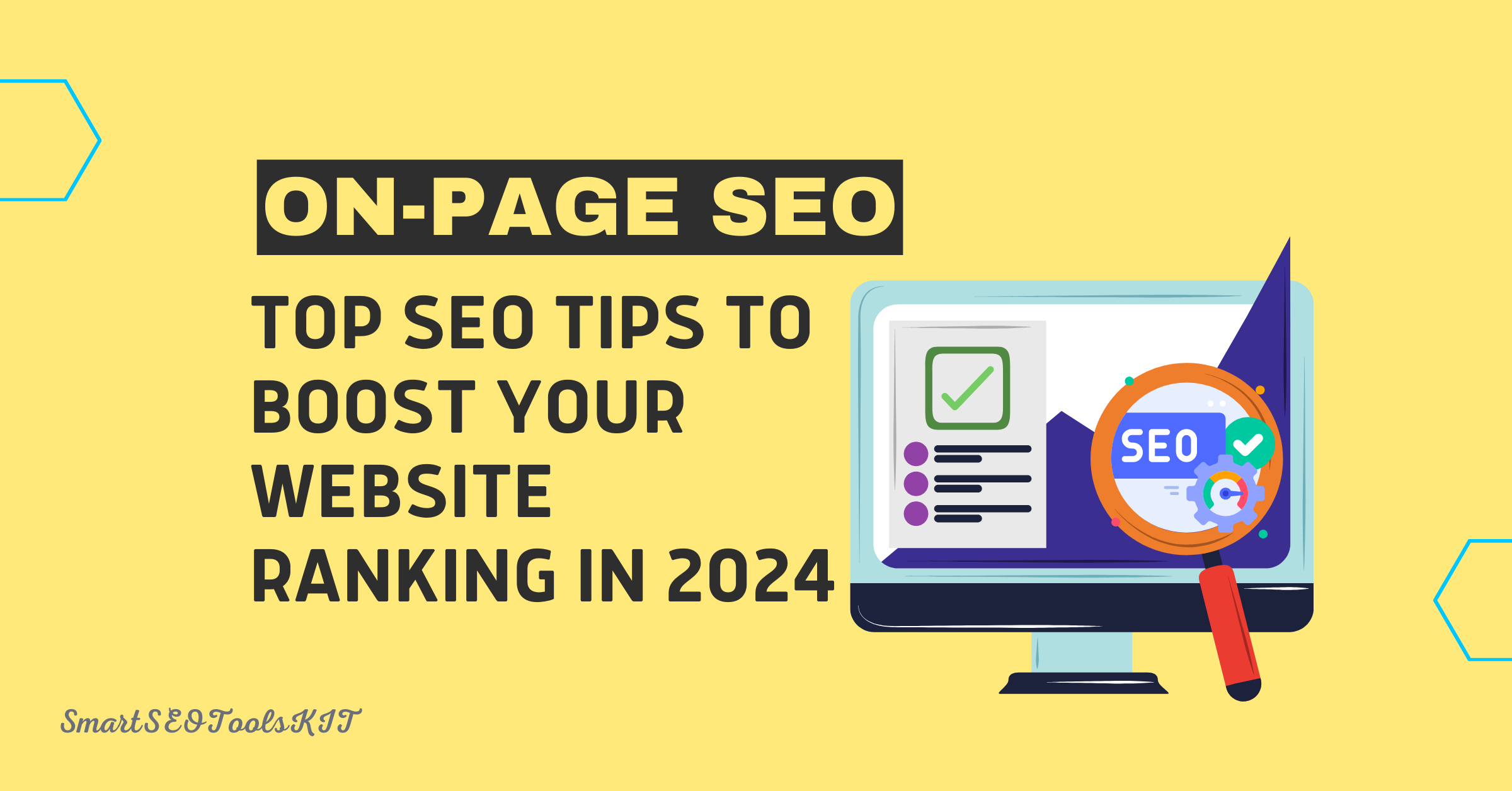Heading tags may seem like a minor detail in your web content, but in the world of SEO, they play a significant role in helping search engines understand the structure and hierarchy of your content. Whether you are a seasoned website owner or a beginner using WordPress, mastering heading tags is crucial for optimizing your content and improving your website visibility in search results.
In this comprehensive guide, we will explore the nuances of heading tags, from H1 to H6, and provide actionable tips on how to use them effectively.
By the end of this article, you will have a clear understanding of the power of heading tags and how to leverage them for better SEO.
1. The H1 Tag: Your SEO Champion
The H1 tag is the most critical heading tag on your page. It serves as the primary title, introducing your main topic. Think of it as the headline of your content.
For example, if you are writing a blog post about “Effective SEO Tips in 2023,” your H1 tag should look like this:
<h1>Effective SEO Tips in 2023</h1>
This tag tells both search engines and readers what your page is all about right from the start. It sets the tone for your content and guides search engines in indexing your page.
2. Sequential Order of Headings:
When using heading tags, it is essential to follow a logical and sequential order. The H1 tag represents the primary topic, followed by H2 tags for subsections under H1, H3 for subsections under H2, and so on.
This hierarchical structure helps search engines understand the content organization and importance. It also makes your content more user-friendly, allowing readers to navigate easily.
3. Use Keywords Naturally:
Integrating relevant keywords into your headings is essential for SEO. But remember, it is important to use keywords in a way that sounds natural and not overuse them.
Search engines look for context and relevance, so ensure that your headings make sense and provide a preview of what readers can expect in the following section.
4. Concise and Descriptive:
Each heading should be concise yet descriptive. It should give readers a clear idea of what the upcoming section covers. This not only helps users quickly scan and understand your content but also aids search engines in categorizing your page effectively.
5. H1 Should Be Unique:
Make sure that each page on your website has its own unique H1 tag. The H1 tag represents the primary topic of the page, and duplicating it can confuse both users and search engines. Ensure that each page H1 tag accurately reflects the content subject matter.
6. The H6 Tag and Beyond:
While H1 to H3 tags are the most commonly used for content headings, H4 to H6 can be valuable for more detailed subheadings within subsections. Use them sparingly and when necessary to maintain content clarity. Avoid overcomplicating your content structure, as simplicity often works best for both SEO and user experience.
7. HTML Heading Tags:
Remember that heading tags are part of HTML (Hypertext Markup Language). Properly structuring your HTML with headings not only enhances SEO but also makes your code more readable for search engines. Well-structured HTML makes it easier for search engines to crawl and index your content efficiently.
8. Consistency in Blog Posts:
If you manage a blog, maintaining consistency in how you use heading tags across your posts is essential. A standardized approach to heading tags creates a more user-friendly experience and helps with SEO. Readers will know what to expect, and search engines can better categorize your content.
9. Quality Content Matters:
No amount of heading tag optimization can replace the need for high-quality, informative content. Effective SEO relies on valuable content that matches the expectations set by your headings. Ensure that your content is not only well-structured but also provides genuine value to your audience.
10. Test and Monitor:
After implementing these heading tag SEO tips, it is crucial to monitor your website performance using tools like Google Search Console. This will help you evaluate the impact of your changes, identify areas for improvement, and refine your SEO strategy over time.
Please read our other interesting blog on:
Conclusion:
Heading tags, ranging from H1 to H6, are far more than mere formatting elements—they are your allies in the realm of SEO.
By following these tips and using heading tags effectively, you can enhance your website search engine rankings, improve the user experience, and make your content more accessible and engaging.
Whether you are a WordPress user or manage a different type of website, mastering heading tags is a significant step toward SEO success.
By structuring your content wisely, you will not only benefit from improved SEO but also provide a better experience for your readers.
So, go ahead and embrace the potential of heading tags—you will find that they can be a powerful tool in your SEO toolkit.
Frequently Asked Questions (FAQs)
Q1: How many H1 tags should you use per page?
Use only one H1 per page, as it's the primary title that sets the page’s main topic and signals that to both users and search engines .
Q2: Should heading levels follow a strict hierarchy?
Yes. A logical structure—H1 → H2 → H3 → etc.—is essential. Skipping levels (e.g., jumping from H1 to H4) can confuse readers and search engines.
Q3: Can I include keywords in my headings?
Absolutely—but do it naturally and sparingly. Place your main keyword in H1, and related terms in H2/H3 to enhance relevance while maintaining readability.
Q4: Do lower headers like H4–H6 still matter for SEO in 2025?
They’re used less often but remain valuable. H4 to H6 are useful for complex content structures like FAQs or tech docs—and help with readability and accessibility.
Q5: What common mistakes should be avoided with heading tags?
ChatGPT said: When optimizing heading tags for SEO, it's important to avoid common pitfalls that can harm both user experience and search engine clarity. Using multiple H1 tags on a single page can dilute the focus of your content, making it harder for search engines to understand the primary topic. Skipping heading levels—such as jumping from H1 to H4—creates a disjointed structure that confuses both users and bots. Additionally, using headings purely for visual styling rather than semantic structure should be avoided; use CSS for design instead. Lastly, overstuffing keywords or writing vague headers like “Introduction” instead of descriptive, keyword-relevant phrases can weaken your SEO impact and reduce content clarity.
.png)
